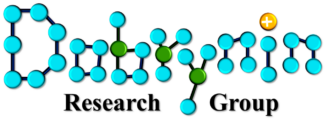Sergei S. Sheiko and Andrey V. Dobrynin
The current approach to regulating mechanical properties of elastomeric materials is predominately based on the exploratory mixing of different polymers, solvents, and fillers—which is both inflexible in application and imprecise in property control. Here we overview a new materials design approach that harnesses well-defined molecular codes of independently controlled architectural parameters to program grand variation of mechanical “phenotypes”. This design-by-architecture approach generates a set of universal correlations between the molecular architecture and the physical behavior of elastomers. In turn, this will lead to novel solvent-free materials that closely mimic the mechanical behavior of biological tissues, ranging from soft fat tissue to firm skin, and fundamentally change high-impact technologies such as soft robotics, wearable electronics, and biomedical devices.

